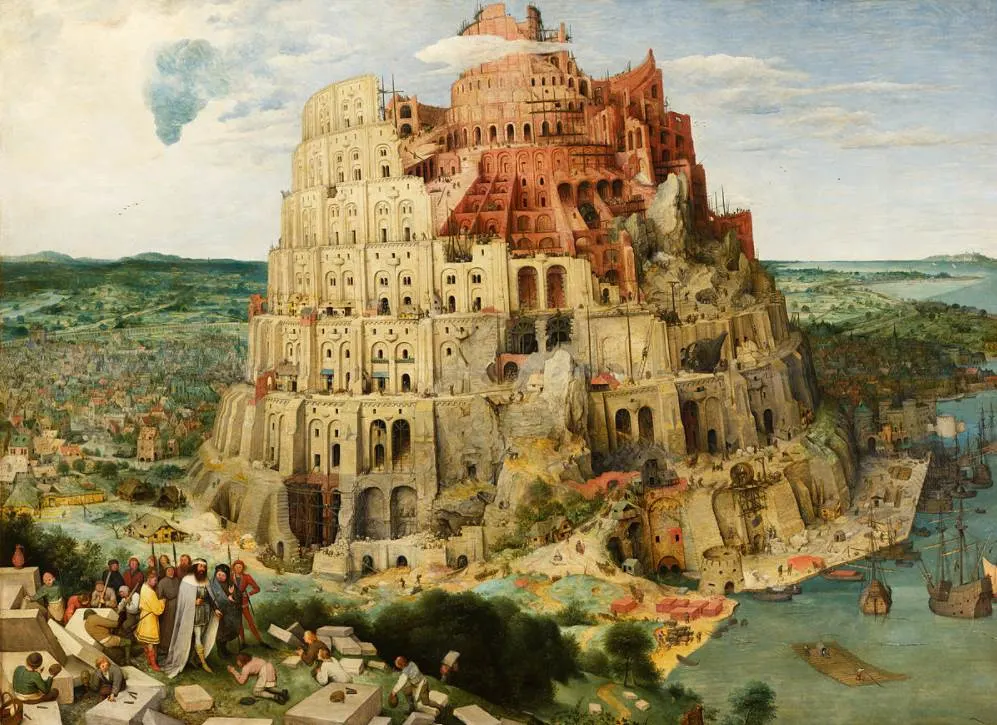Mesopotamian Architecture defines the structures that were constructed in the historic region of the Tigris and Euphrates Rivers.
Many different cultures have lived in this region that largely comprises modern-day Iraq. After all, Mesopotamia lasted from around the 10th Millenium B.C. to the 6th century B.C.
Known as “The Cradle of Civilization,” it’s not surprising that the first permanent structures in the world were constructed here about 12,000 years ago.
The most prominent type of building that was constructed in Mesopotamia was the ziggurat. These are stepped buildings that resemble pyramids and which served as large temples with a sanctuary on top.
Temples, forts, tombs, and palaces were constructed as well in Mesopotamia. The most famous city was Babylon which was once the largest city in the world but of which nothing more than ruins remain today.
So what were the most famous Mesopotamian buildings? In this article, you’ll find out.
1. Great Ziggurat of Ur
The Great Ziggurat of Ur was formerly known as the “Etemenniguru” and this translates to “Temple whose foundation creates an aura.” The original version of this massive structure was completed in the 21st century B.C. By the 6th century B.C., however, this building was dilapidated and it was restored by the Neo-Babylonian King Nabonidus.
The ziggurat was forgotten for many centuries until it was rediscovered in the 1920s. Sir Leonard Woolley was in charge of the excavation which uncovered the building by the 1930s. During the reign of Saddam Hussein, this ziggurat in the southeast of Iraq received a partial restoration, including the grand staircase that leads to the upper levels.

2. Hanging Gardens of Babylon
The Hanging Gardens of Babylon were one of the most intriguing feats of Mesopotamian architecture. They were listed as one of the 7 Wonders of the Ancient World and many historians have tried to figure out what these gardens actually looked like.

They were referred to as a series of tiered gardens that extended from the palace of Neo-Babylonian King Nebuchadnezzar II (642-562 B.C.) in Babylon. These presumably featured shrubs, plants, flowers, and even vineyards to make them look like a great green mountain. Unfortunately, no contemporary writings exist so these are all speculations.
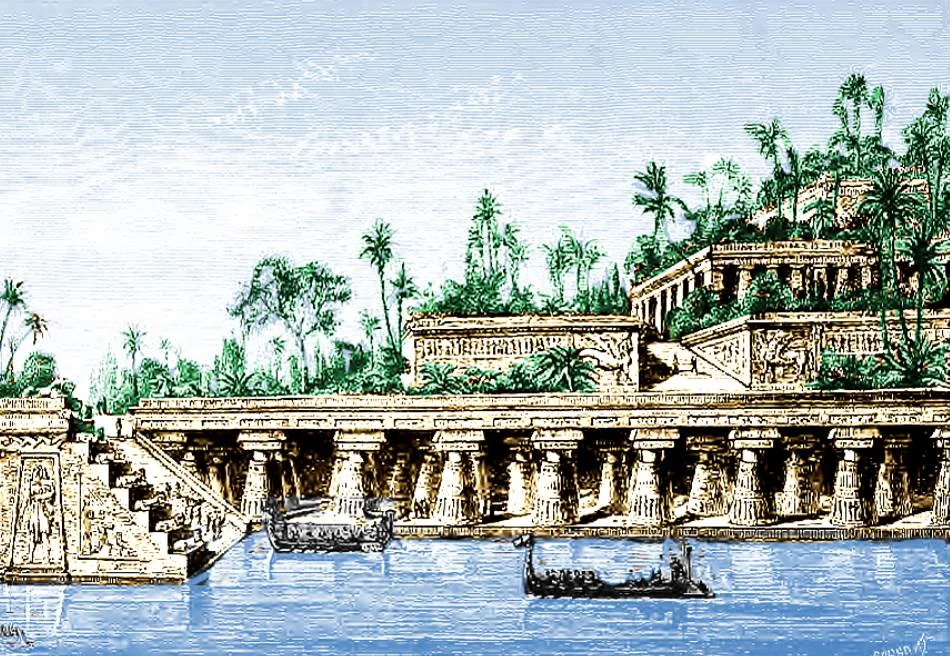
3. Ishtar Gate
The Ishtar Gate was a monumental entrance gate that was believed to be the 8th gate to the inner city of Babylon. It was commissioned by the same king who built the gardens, Nebuchadnezzar II. It formed an integral part of a large processional avenue that started in the northern part of the city.
Both the walls and the gate were decorated with blue glazed tiles and decorated with images of animals and deities. The smaller frontal gate has been replicated and can be found standing majestically at the Pergamon Museum in Berlin. It stands 15.2 meters (50 feet) tall and was adjoined by a much larger gate right behind it.
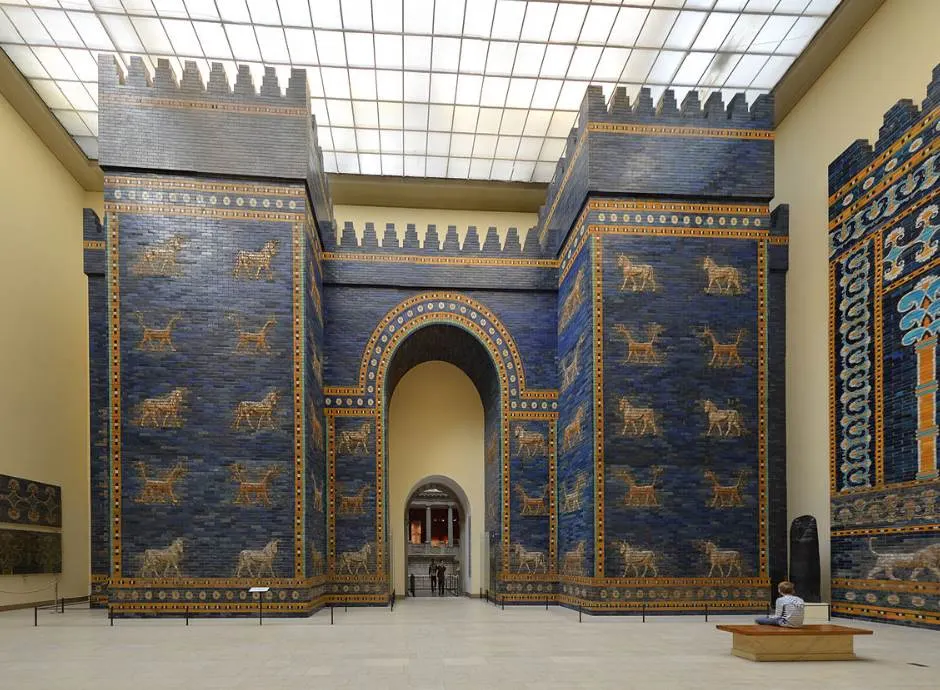
4. Chogha Zanbil
Chogha Zanbil is the name of a complex that features an enormous Ziggurat. It’s one of the best-preserved ziggurats in the world and is located in the Khuzestan Province in the western part of Iran. It’s one of only a few similar structures that were constructed outside of modern-day Iraq.
The square ziggurat had a base length of 105.2 meters (345 feet) and a height of 53 meters (174 feet) divided over 5 floors. Today, it only reaches half this height but the lower floors are a great example of how these buildings were constructed. It was completed in the 13th century B.C. and was designated a UNESCO World Heritage site in 1979.

5. House of Abraham
The House of Abraham is a structure that was part of the ancient city of Ur. This is believed to be the birthplace of Abraham, an important figure in the Christian, Jewish, and Islamic religions. These ruins may be those of the city of Ur Kasdim which is mentioned in the Book of Genesis.
These are just speculation because other sites have been proposed for the birthplace of Abraham, a man who is believed to have lived in the 2nd Millennium B.C. Whether or not one of these residences was his house is unknown, but it does provide some insight into how people lived in ancient Mesopotamia.

6. Tepe Sialk
Tepe Sialk is the name of a large archaeological complex that is located in a suburb of the city of Kashan. This is a medium-sized city in the Isfahan Province in Central Iran. This region was once inhabited by a pre-historic civilization known as the Zayandeh River Culture.
There are buildings in this location that are believed to have been constructed between 6000 and 5500 B.C. The main building of the site is the Sialk ziggurat which is estimated to have been completed around 3000 B.C. As you surely expected, not more than ruins remain of this building that was completed over 5,000 years ago.

7. Ziggurat of Dur-Kurigalzu
Dur-Kurigalzu was an important ancient city that was situated around 30 kilometers (19 miles) west of the modern)day city of Baghdad. It was founded by the Kassite king of Babylon, Kurigalzu I in the early 14th century B.C. and like most Mesopotamian rulers, he built a huge ziggurat in honor of the Gods.
The ziggurat still stands 52 meters (171 feet) which makes it a very prominent attraction in the flat landscape near the confluence of the Tigris and Euphrates Rivers. It was surrounded by multiple temples and a large palace complex that covered an area of 420,000 square meters (4.52 million square feet).
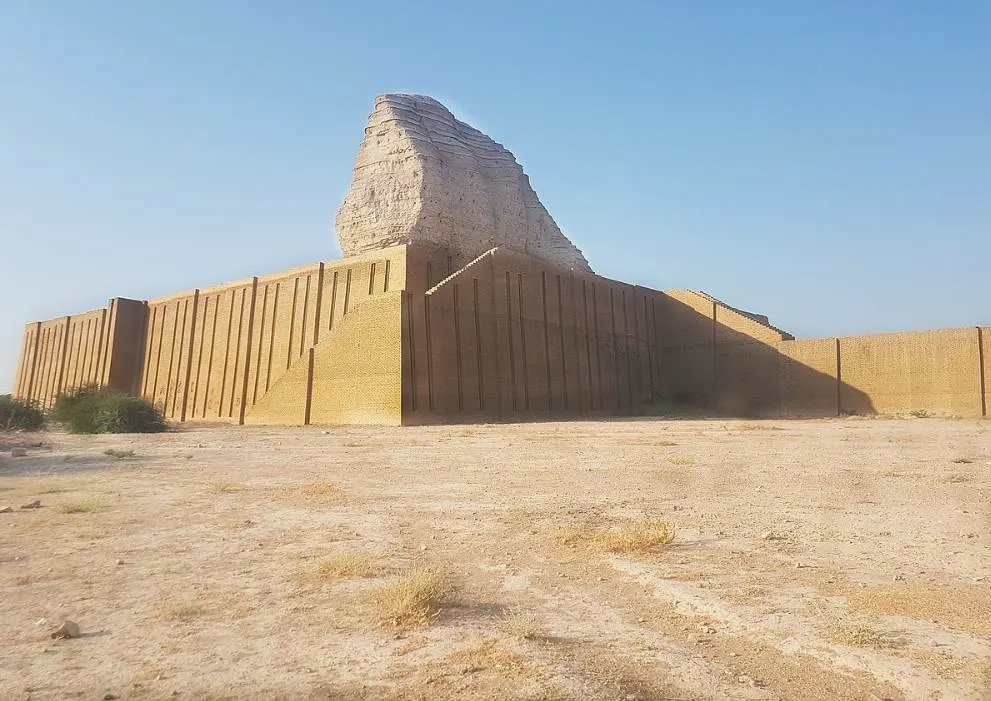
8. Walls of Babylon
Babylon was one of the most fascinating cities in ancient times and was the largest city in the world for two periods in its history. This was the case between 1770 and 1670 B.C. and 612 and 320 B.C. It was surrounded by an outer defensive wall that enclosed an area of 1,054.3 hectares (2,605 acres).
Only a fraction of this huge city has been excavated so far (less than 5% overall) and only some of the mud-brick walls have been reconstructed. The walls were defensive structures that featured many gates and the city could only be accessed through these and the Euphrates River.
Remarkably, part of the modern-day city of Hillah lies within the perimeter of the outer walls, which means thousands of people live within the confines of the ancient city of Babylon.

9. White Temple Ziggurat of Uruk
Uruk is the name of another important ancient city that was situated east of the Euphrates River in the southeastern part of modern-day Iraq. Historians have classified the period when Uruk was important as the “Uruk Period” which lasted between 4000 and 3100 B.C.
What’s fascinating is that Uruk was a pioneer in the world of architecture. It’s here that the first monumental Mesopotamian buildings were constructed and many subsequent structures were modeled on those that were built here. Temples, palaces, and a huge ziggurat that was once topped with a white temple emerged in this place.
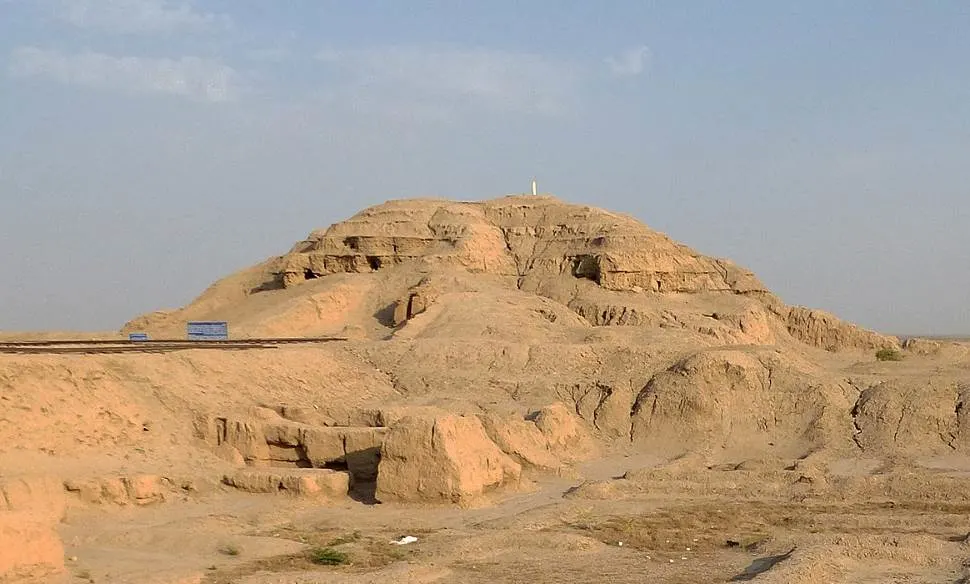
10. Etemenanki (Tower of Babel?)
Etemenanki is the name of a new completely ruined ziggurat that was part of the ancient city of Babylon, about 90 kilometers (56 miles) south of Baghdad.
Nobody knows exactly when this immense ziggurat was completed and it has been suggested that it was built between the 14th and 9th century B.C.
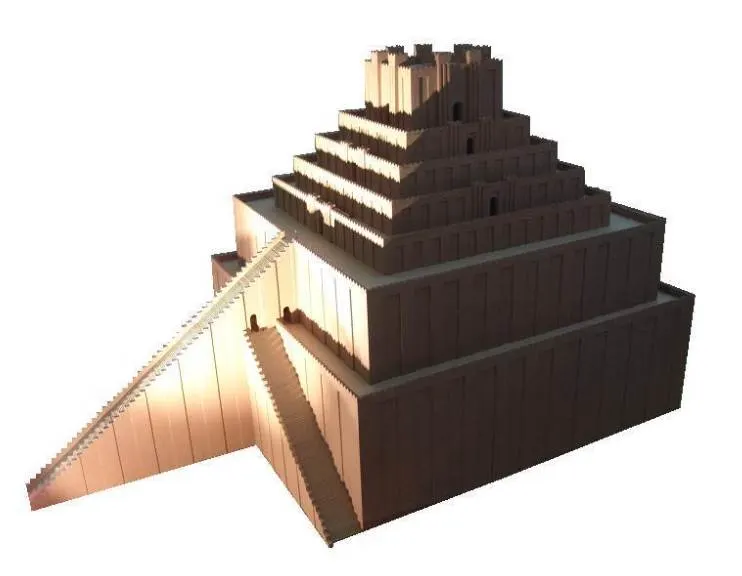
Neo-Babylonian King Nebuchadnezzar II claimed to have reconstructed Etemenanki following its destruction in the 7th century B.C. It was finally destroyed on the orders of Alexander the Great in the 320s B.C.
This ruined ziggurat has also been suggested to be the actual Tower of Babel, the Biblical structure that is mentioned in Genesis 11 of The Bible. Whether or not this is true remains unknown.
